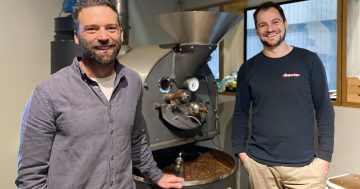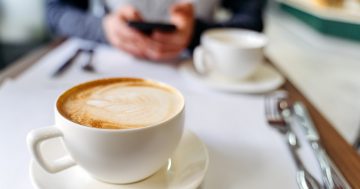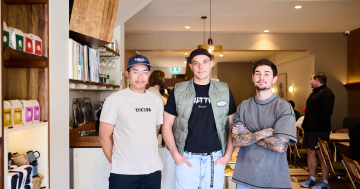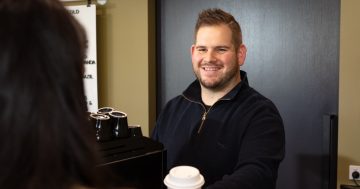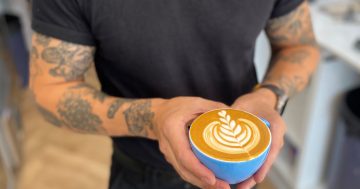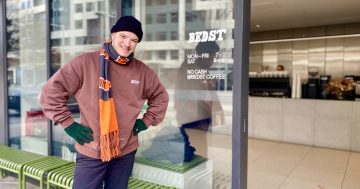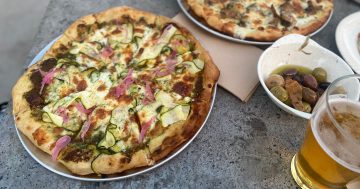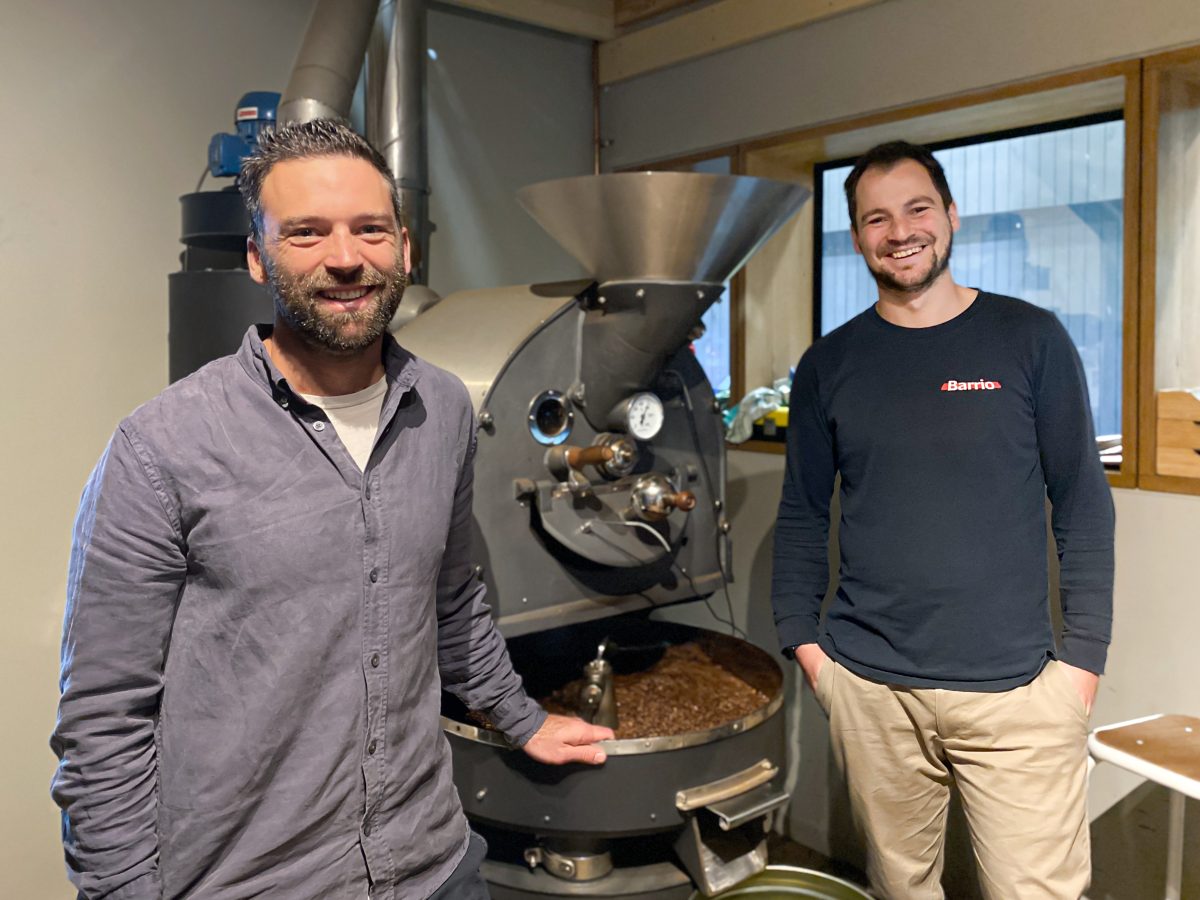
Sam Burns and Max Neve co-own Barrio Coffee Collective with Dan Zivkovich. Photo: Lucy Ridge.
Canberrans are famously coffee-obsessed and rightly proud of our cafe culture. But have you noticed that your morning coffee costs a lot more now than it did a few years ago? Unlike certain supermarkets we could name, this isn’t a case of price gouging or profit maximisation, but small businesses feeling the pinch.
Co-owner of Barrio Coffee Collective Sam Burns says many different factors contribute to the cost of your daily caffeine hit.
“The cost of raw coffee beans has increased, milk costs have increased, freight and rent have all gone up too,” he told Region.
“Wages are probably the biggest change, but that’s actually a good thing. It means the people making your coffee are making enough to live on.”
The award rates for local hospitality workers have increased, but Sam says that the labour costs at the point of origin have gone up as well. Sustainability measures from farmers have increased, which can reduce crop sizes but is better for the ecosystem overall. Coffee has a problematic, colonial past, with workers in countries like Ethiopia, Columbia and Guatemala historically underpaid to fuel coffee consumption in places like America, Europe and Australia. So you could view these increased costs as a balancing of the scales.
For many years, a standard flat white was expected to cost around $4.50, with a little variation depending on the cafe. Sam reckons we’re starting to see the full range of different price points now, with the cheapest servo station push-button coffees at one end of the spectrum and high-end coffees at specialty cafes pushing the $6 or even $7 mark.
“Coffee has this consumer market value perception; there’s an expectation of what a cup of coffee should cost. But I think this was a shake-up that had to happen.”
There’s a big difference between commodity coffee (usually low-quality beans from a range of larger farms) and specialty beans (often single origin or sustainably farmed), so the adage of ‘you get what you pay for’ rings true for coffee.
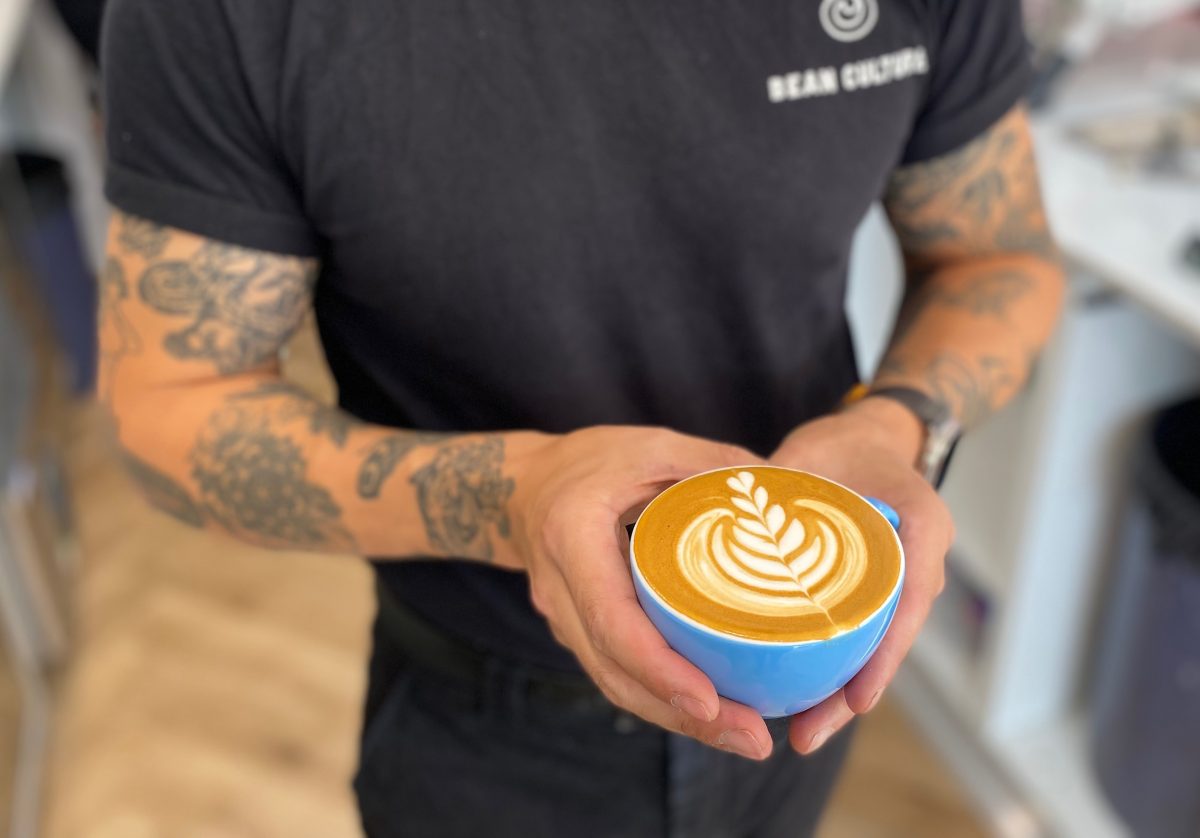
How much do you pay for a flat white? Photo: Lucy Ridge.
In a $6 cup of specialty coffee, at least 30 per cent covers raw goods, while the rest goes towards staff costs, rent, equipment and 10 per cent GST. At the end of the day, cafes aren’t pulling in huge profits from their coffees, and there’s a real fear that increasing the price will see customers take their business elsewhere.
Speciality coffee roasters like Barrio are looking at ways to keep costs low in other areas, such as pre-purchasing crops of coffee beans rather than waiting for middlemen to set prices further down the line. This does come with the risk of purchasing without knowing what the final product will taste like, but it can benefit both the grower (who has a guaranteed income) and the buyer (who can lock in a good price).
Coffee is a difficult crop to grow, and despite how often we say we need coffee, it is a luxury product. The plant thrives only in places fairly close to the equator—known as the bean belt—and is often harvested by hand. Coffee beans can be grown in northern Australia, but there isn’t a large local industry.
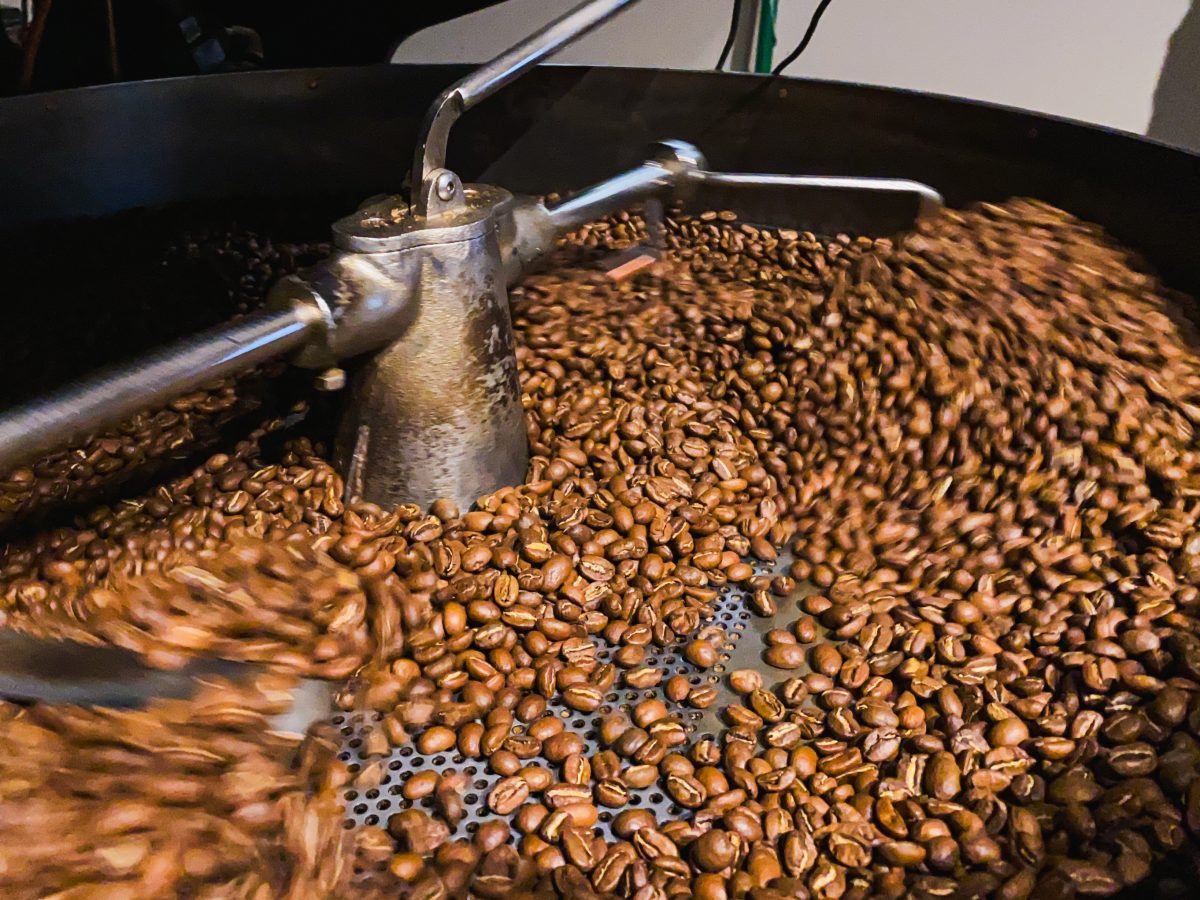
Coffee Rosters are looking at alternative ways to source beans. Photo: Lucy Ridge.
In response to these price changes, consumer behaviour also changes. Cafe owners have noticed that people are buying fewer cups of coffee during the week but will spend more on a bag of beans to make their own coffee at home. We might start to think about a cup of coffee in the same way we might view wine, where sharing a bottle at home is more affordable than purchasing by the glass at a restaurant, so we save that for special occasions.
Rather than spending $6 every day for a takeaway coffee that you’ll scull on the way back to your office, people might be more likely to go out for brunch on the weekend and spend an equivalent amount on a meal and a cup of coffee that they can linger over with friends.
Sam says he’s expecting to see people making different choices about how they enjoy coffee, but it’s unlikely that we’ll stop drinking it altogether.
Barrio is located at 59/30 Lonsdale St, Braddon and is planning a second location at Dairy Road in Fyshwick, where they roast their beans.
